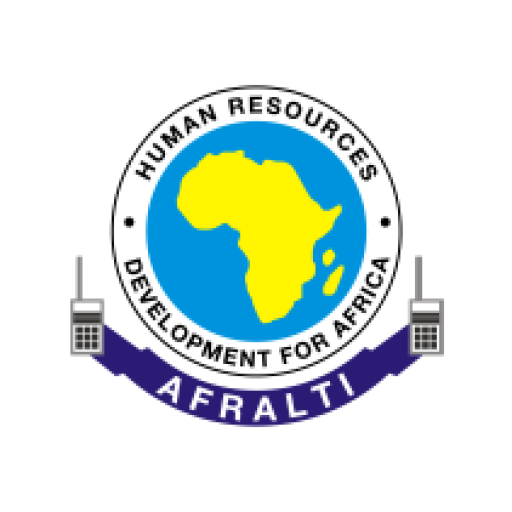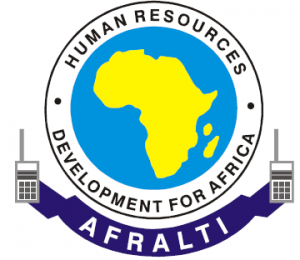WORKSHOP METHODOLOGY
The course is adopted to an experiential-learning methodology designed to draw on various situations to deliver both theoretical and practical perspectives for balanced and interactive topic sessions. Facilitation methods include illustrative presentations, discussions, case studies and workgroups, buddy coaching, personal case studies and action planning.
WORKSHOP OBJECTIVES
- Explain the communication process and identify common communication barriers
- Identify ways on how to write a formal report
- Better read verbal and non-verbal cues
- Identify what their non-verbal messages are telling others
- Identify the criteria’s that makes one a great presenter
- Listen actively and empathetically
- Assess their communication strength’s and opportunities for improvement.
WORKSHOP LEARNING OUTCOMES
- Provide an overview of the communication process
- Speak with confidence and overcome nerves
- Engage the audience using a variety of physical and verbal techniques
- Bring an authentic approach to every presentation
- Structure your presentation to suit the audience
- Discuss the value of likability in the workplace
- Introduce fundamental techniques for building positive relationships
- Provide suggestions for improving questioning and listening skills
- Explain the concept and importance of self-awareness
WORKSHOP CONTENTS/TOPICS
Day 1 • Effective communication: how does it work? • Listening, summarising, in-depth questioning • Giving and receiving feedback • The iceberg model: what lies beneath our interpretations? • Intercultural communication • Giving advice is not allowed!
Day 2 • Non-verbal communication • The model of Leary’s rose – theory and practice • Effective patterns • Bad news conversations – theory and practice • Formulating a personal communication statement
Day 3 • Presentations:
- What Makes a Great Presenter?
- Personal Presentation Style
- Handling Nerves and Public Speaking Fears
- Unpicking the Presentation Dynamic – Verbal Vocal, and Visual
- Using Your Voice Effectively
- Good Body Language
- Structuring your Presentation
- Making it Memorable
- Using PowerPoint
- Appealing to Different Audiences
- Using Space and Gestures
- Left and Right Brain
- Handling Difficult Questions
Day 4 • Written Communication: To clear define what a report is and to list a key aspects of a report, outline a structure of a professional report, the language that need to be used in report writing, what makes a good report, common complaints about report, how to plan a report, what are the criteria of a successful report? And how to write Memo, Email.
Day 5 • Body Language: Styles Ratios Why is it important Expressions Body movement and gestures Passive / Active Modes and indicators Posture

